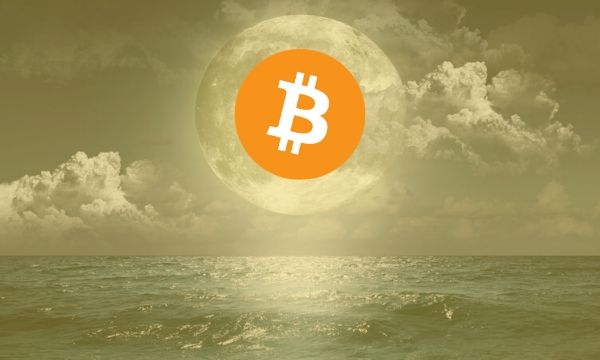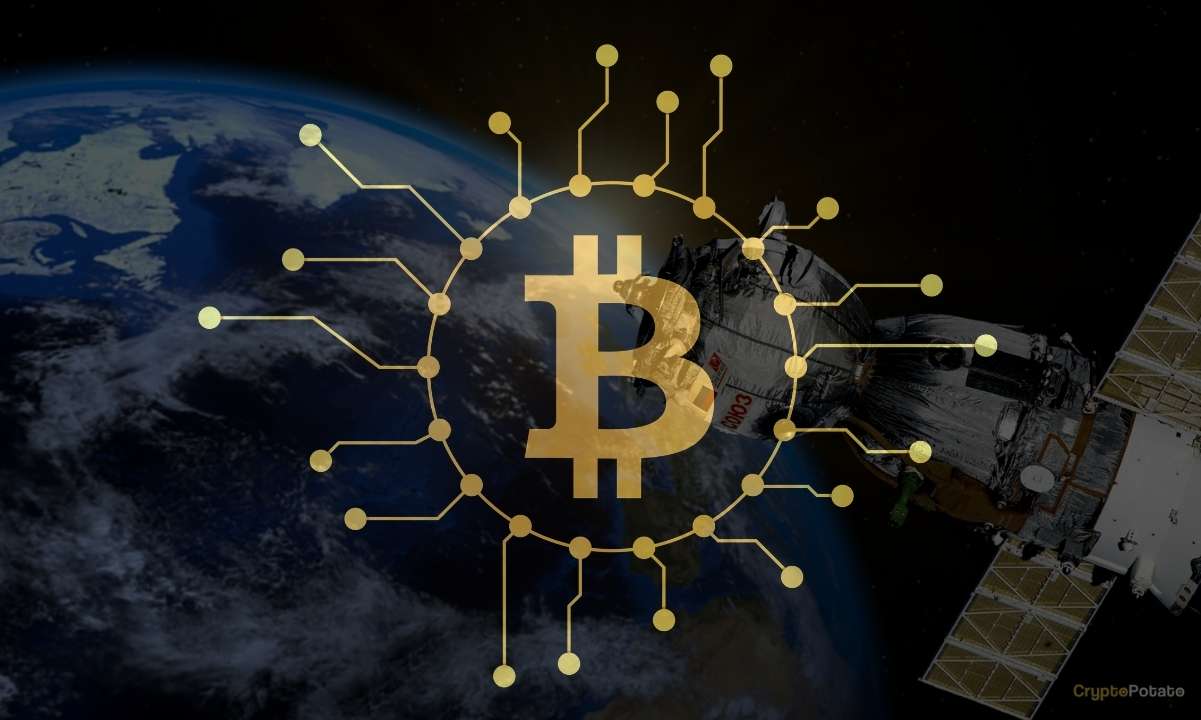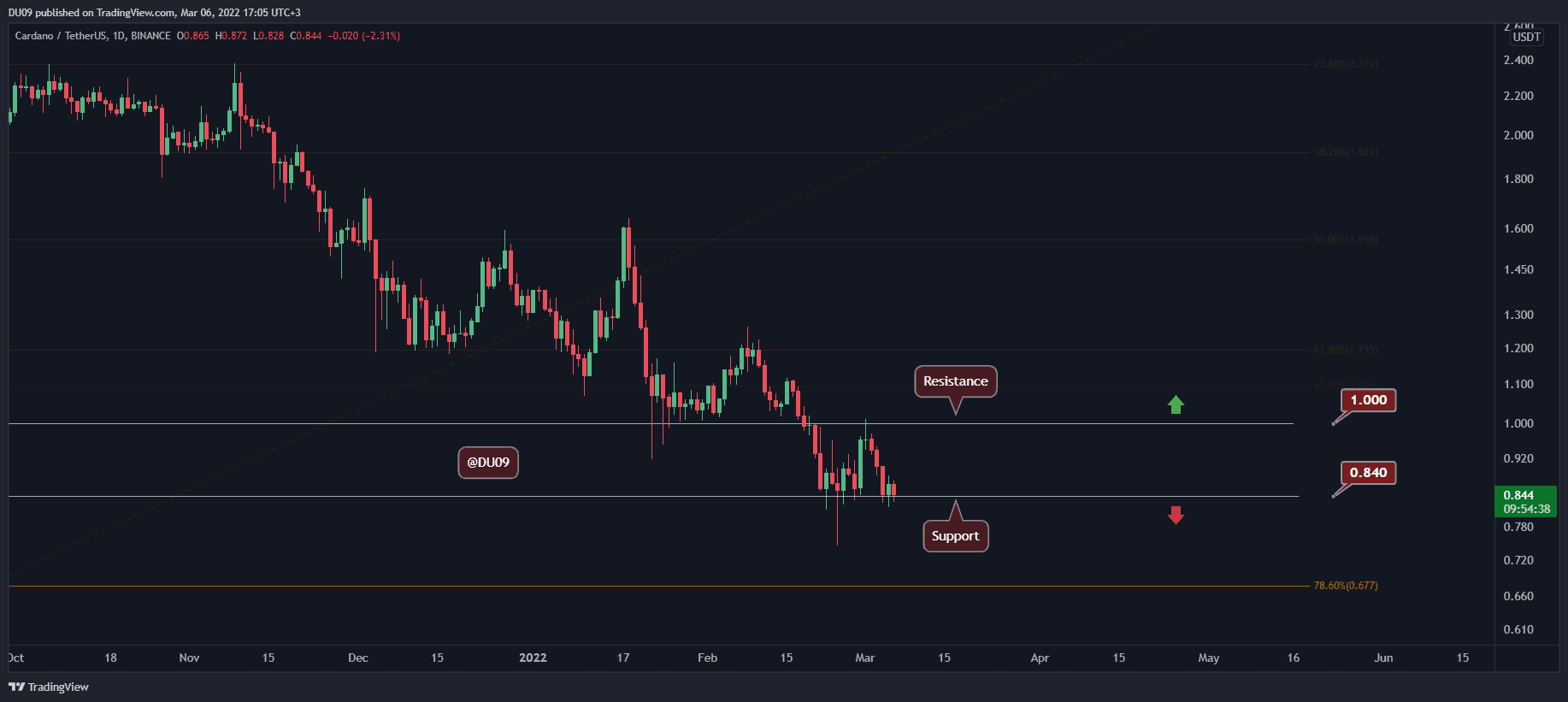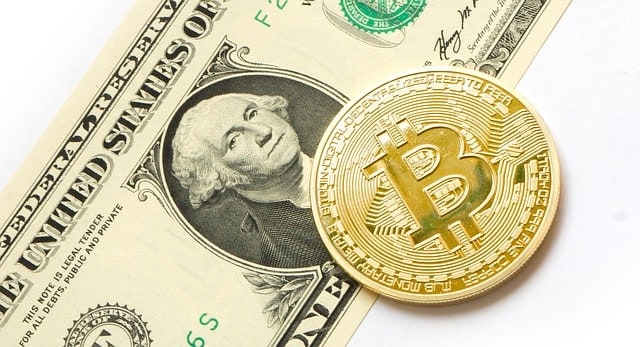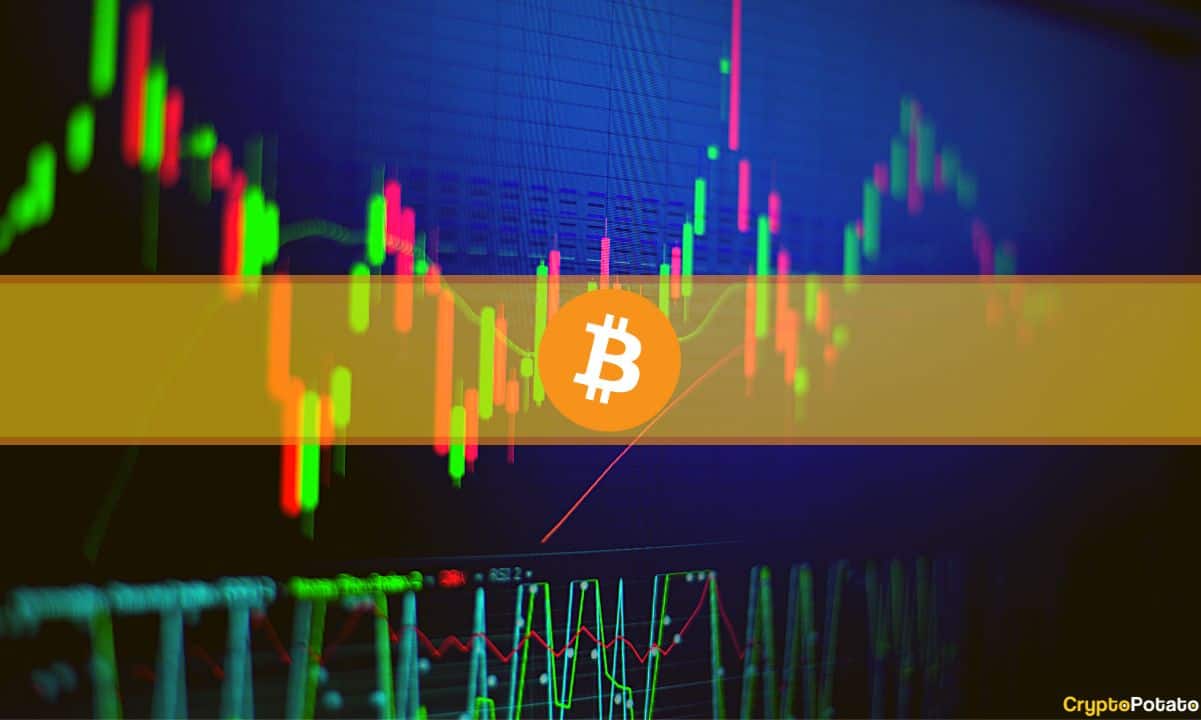Still Ultrasound Money? Here’s How Much Ethereum Supply Has Inflated Since Dencun
Ethereum’s status as an ultrasound money system becomes increasingly questionable as the days go by, especially as its supply keeps increasing at a high rate.
Since mid-April 2024, about a month after the Ethereum network underwent the Dencun upgrade, more than 112,000 ether (ETH) has been added to the market at the fastest daily rate after the Merge.
The Effects of Dencun
Over the years, Ethereum has witnessed several developments that have led to the network are we know it today The Merge in September 2022 marked its transition from a proof-of-work consensus mechanism network to that of proof-of-stake.
In mid-March, Ethereum underwent another upgrade that reduced the transaction fees of its layer-2 networks by roughly 4x and enhanced the blockchain’s scalability by expanding its capacity. Dencun introduced nine Ethereum improvement proposals (EIPs), including EIP-4844, which implemented proto-danksharding, a mechanism that allowed for data blobs.
With blobs, layer-2 solutions like Arbitrum, Optimism, and Polygon became able to submit transaction data to Ethereum for collective settlement within a dedicated blobspace without additional expenses.
It is worth noting that Ethereum implemented some upgrades to ensure it remained deflationary before Dencun came. One such was the London upgrade that took place in August 2021. London introduced a mechanism that removed ETH from circulation with every transaction by burning a portion of the network’s gas fees. The Merge further cemented this approach to deflation and lowered ETH’s inflation rate by 90%.
ETH Now Inflationary
Since Dencun, Ethereum’s transaction fees have been low, meaning less ETH has been burned. On-chain analysts believe Ethereum is no longer deflationary, as the new ETH supply has turned positive. The amount of fees burned on Ethereum is no longer positively correlated with higher network activity; fewer fees are burned regardless of how many users are transacting on the network.
Nevertheless, the total supply of ETH since the Merge has plunged significantly, with an overall reduction of 345,000 ETH. Around 1.36 billion ETH has been issued, but more than that has been burned.
With Ethereum’s inflationary rate increasing post-Dencun, the purchasing power of ETH is reducing, which may have a negative impact on investors.
Meanwhile, ETH was worth $3,374 at the time of writing, down 4.8% in the past week in correlation with the drawdown in the crypto market.
The post Still Ultrasound Money? Here’s How Much Ethereum Supply Has Inflated Since Dencun appeared first on CryptoPotato.

